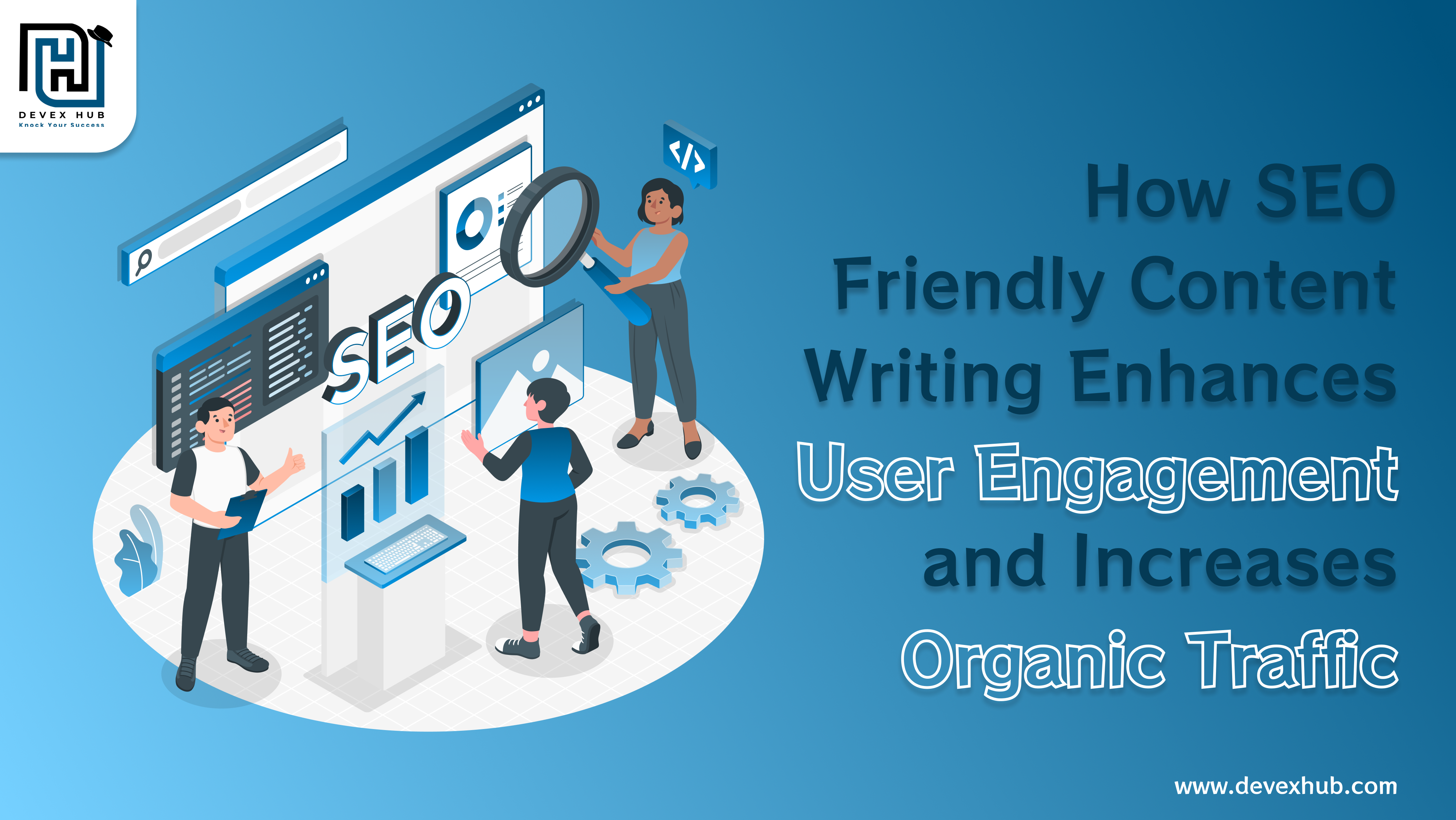What Are the Different Types of Google Ads? Explained for Beginners
.png)
If you’ve ever searched something on Google and noticed a website ad appear at the top of the results, you’ve already seen Google Ads in action.
Google Ads is one of the most powerful online advertising platforms that allows businesses to show their ads on Google Search, YouTube, Gmail, and millions of other websites. But for beginners, understanding the different types of Google Ads can be a bit overwhelming. Don’t worry — in this guide, we’ll explain each type of Google Ad in simple, easy-to-understand language so you can choose the right format for your business or learn it as a digital marketing skill.
What Is Google Ads?
Google Ads (previously known as Google AdWords) is an online advertising platform developed by Google. It helps businesses promote their products or services by placing ads on:
- Google search engine
- YouTube
- Gmail
- Google Display Network (blogs, news sites, apps, etc.)
You only pay when someone clicks on your ad — this is called Pay-Per-Click (PPC) advertising.
Now let’s look at the main types of Google Ads.
1. Search Ads
What are they?
These are the text ads you see at the top or bottom of Google search results when you search for something.
Example:
If you search for “Buy shoes online”, you’ll likely see ads from Nike, Adidas, or Amazon at the top.
Why use Search Ads?
- Appear to users when they are actively searching
- High intent to buy or take action
- Great for leads, sales, or form submissions
Ideal for:
- Service-based businesses (like lawyers, tutors, doctors)
- Local businesses
- E-commerce stores
2. Display Ads
What are they?
These are banner ads or image ads shown on Google partner websites (like blogs, news sites, or apps).
Example:
You read a blog on fitness and see an ad about whey protein on the side or top of the page — that’s a Display Ad.
Why use Display Ads?
- Great for brand awareness
- Cheaper than search ads
- Visually appealing and creative
Ideal for:
- New businesses looking to build brand visibility
- Product-based companies
- Remarketing campaigns (showing ads to previous visitors)
3. Video Ads (YouTube Ads)
What are they?
These are ads that appear before, during, or after YouTube videos. Some are skippable; others are not.
Example:
Before a YouTube tutorial starts, you might see an ad for a mobile phone — that’s a Video Ad.
Why use Video Ads?
- People remember videos better than text
- YouTube has billions of users — great reach
- Perfect for storytelling and promotions
Ideal for:
- Product launches
- Brand storytelling
- Tutorials and explainer content
4. Shopping Ads
What are they?
These ads show product images, price, store name, and more — right at the top of Google’s search results.
Example:
Search for “iPhone 15”, and you’ll see product listings with prices from Flipkart, Amazon, and Apple.
Why use Shopping Ads?
- Visual and highly attractive
- Users can compare products directly
- Higher conversion rate for e-commerce businesses
Ideal for:
- Online stores
- Retailers with multiple products
- Brands that want direct product promotion
5. App Promotion Ads
What are they?
These ads promote mobile apps across Google Search, Play Store, YouTube, and other apps.
Example:
You search for “best travel app,” and you see an ad promoting a new flight booking app.
Why use App Ads?
- Promote app downloads or in-app actions
- Simple to set up — Google auto-creates the ad
- Reach users across different platforms
Ideal for:
- Startups launching a new app
- Games or utility apps
- Apps that offer services (food delivery, taxi, etc.)
6. Smart Ads (Automated Ads)
What are they?
These are automated ads where you give Google your goal, and it takes care of targeting, bidding, and showing the ad.
Example:
You set a goal like “get more calls” and let Google decide how to show your ad for maximum results.
Why use Smart Ads?
- Easy for beginners
- Google handles everything
- Saves time and effort
Ideal for:
- Small business owners
- New advertisers
- Local services
6. Bonus: Performance Max Campaign
What is it?
Performance Max is a newer campaign type that combines all Google ad formats — Search, Display, YouTube, Gmail, and more — into one single campaign.
Why use it?
- Maximum reach with minimal effort
- Great for sales, leads, and conversions
- Uses machine learning to optimize results
Key Benefits of Google Ads
- Targeted Reach: Show ads to people who are already interested.
- Measurable Results: Track clicks, leads, and sales in real time.
- Flexible Budgeting: Start with a small budget.
- Scalable: Works for local shops and global brands.
Final Thoughts
Understanding the different types of Google Ads is the first step in launching a successful campaign. Whether you're a small business owner or aspiring digital marketer, knowing which ad format to use can save you time, money, and effort. Don’t worry if it feels like a lot at once — as you experiment and run your first few campaigns, you’ll become more confident. Whether you're looking to run your first campaign or want to upskill with expert training, Devex Hub is here to guide you.

.png)
 (1).png)

.png)
Comments
Post a Comment